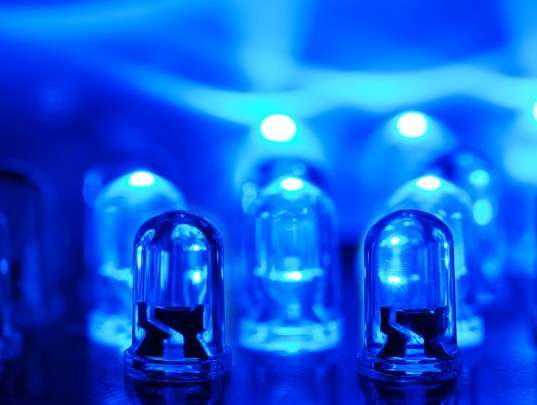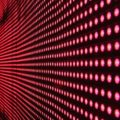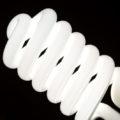On Tuesday, an American and two Japanese scientists won the 2014 Nobel Prize for Physics for inventing a new energy-efficient and environment-friendly light source.
Isamu Akasak, Hiroshi Amano and Shuji Nakamura developed the blue light-emitting diode which led to the development of LED light bulbs.
The light bulbs changed the way we use lighting by offering a longer-lasting and more efficient alternatives to the incandescent light bulbs created by Thomas Edison. LED light bulbs are growing increasingly popular and are used in more places.
A member of the Royal Swedish Academy, Per Delsing, said:
Red and green LED light bulbs have been around for a long time but blue was really missing. Thanks to the blue LED we now can get white light sources which have very high energy efficiency and very long lifetime. Incandescent light bulbs lit the 20th century: the 21st century will be lit by LED lamps.
President of Britain’s Institute of Physics, Frances Saunders, said:
With 20% of the world’s electricity used for lighting it’s been calculated that optimal use of LED lighting could reduce this to 4% Akasak, Amano and Nakamura’s research has made this possible and this prize recognises the contribution.
Scientist Nakamura said:
It is very satisfying to see that my dream of LED lighting has become a reality.




